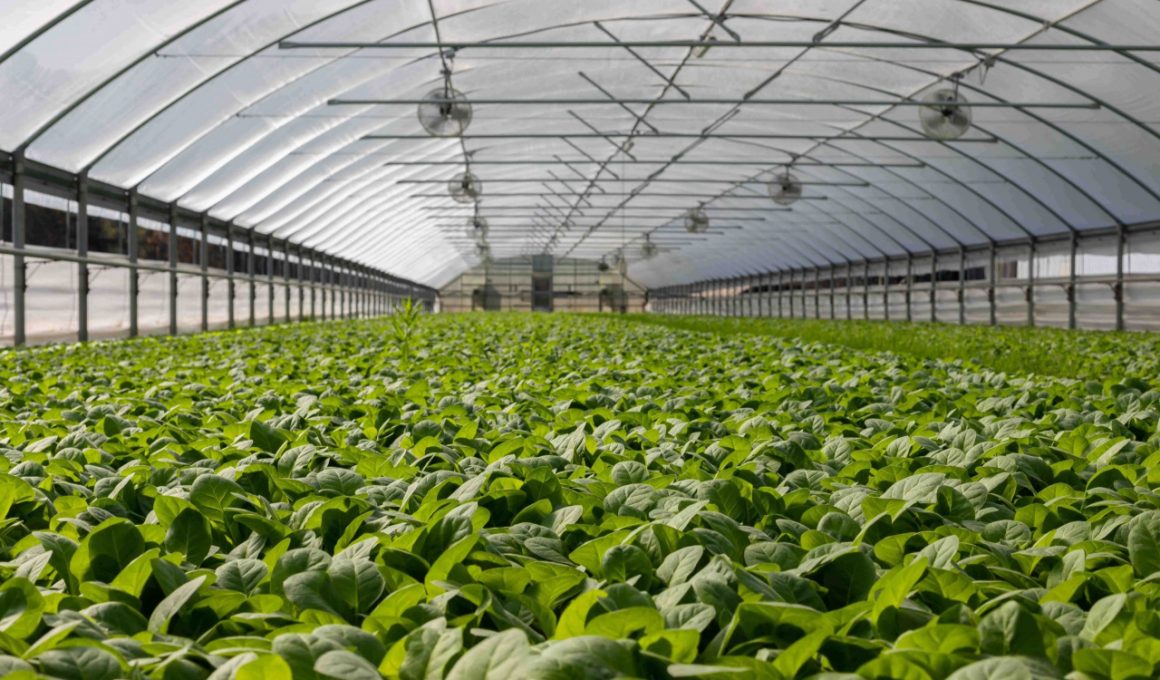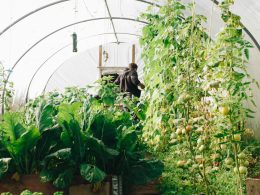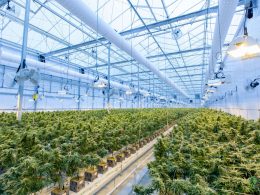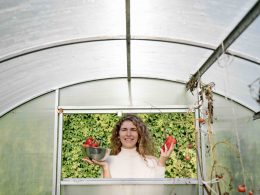Green House Adviser is reader-supported. When you buy through links on our site, we may earn an affiliate commission. Learn more
Summer is ideal for fresh fruit, spices, and salads. Whether growing plants outside or in a greenhouse, the hot temperatures are perfect for harvesting your crops. But, if you grow your plants, you should know that summer comes with a warning: don’t let your greenhouse get too hot! Keep on reading to learn about ways of cooling a greenhouse.
Why Is It Important to Keep Your Greenhouse Cool in the Summer?
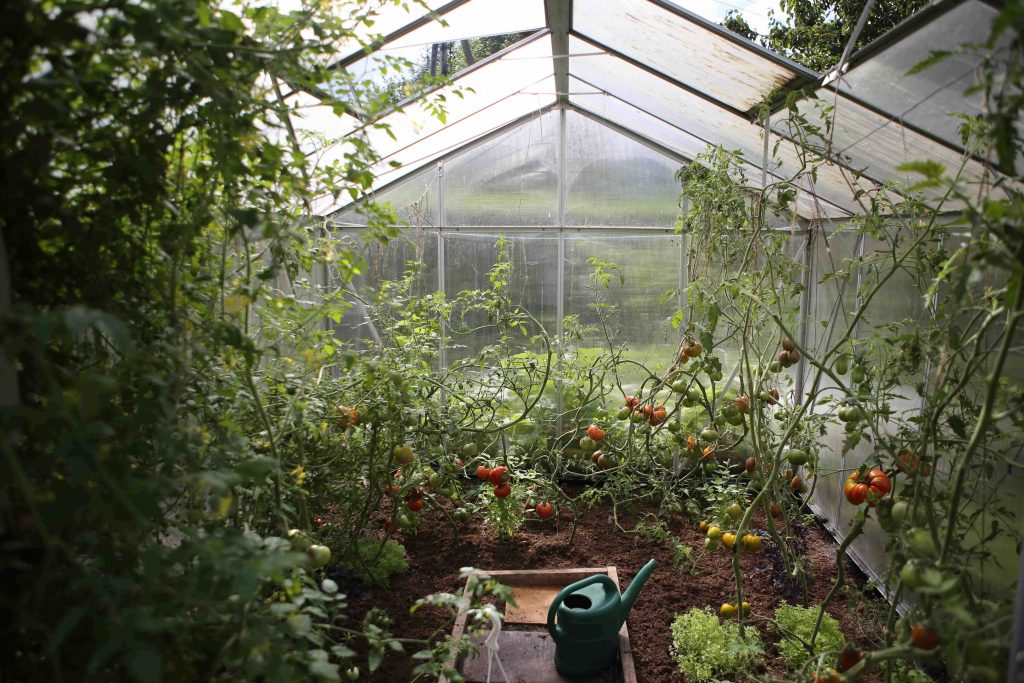
During summer, heat waves are always present, so it makes sense that the temperature inside your greenhouse increases too. When the temperature rises, your plants can be in big trouble, so it can potentially kill your plants if it’s too hot. But, it’s equally important to know that there are susceptible plants such as broccoli, beets, arugula, carrots, and cauliflower that need specific temperatures.
Unfortunately, hot and moist environments are the place where mold and fungus grow the most. If the humidity in your greenhouse is over 85%, this leads to poor air circulation, and water sits on leaves, causing mildew to grow. The lower leaves’ edges turn brown, and they start to wilt while flowers fall off.
Sometimes, the fungus is in the soil, but you might see other signs like gray mold, black sooty mold, and powdery mildew. Other symptoms include reactions from plants like spots, rot, or blight. It’s best to clean your greenhouse and tools to start new every year to prevent this.
What Temperature Is Too Hot and What Is Ideal for a Greenhouse?
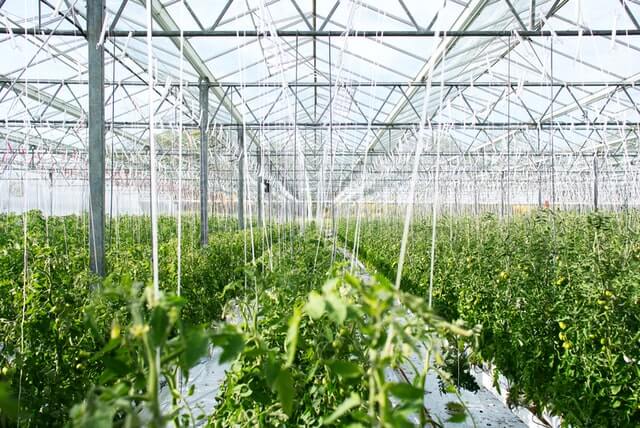
Not monitoring your greenhouse temperature every day is one of the biggest mistakes. It depends on your area, but if the temperature is above 90℉, then it’s too hot for your greenhouse. So, what’s the ideal temperature? 80 to 85 degrees would be the perfect temperature for your plants, but this also depends on the types of plants you’re growing.
Healthy growth for your conservatory plants is anywhere between 55 and 75 degrees. For example, this is a comfortable temperature for seedlings and mature plants. But, while germinating seeds, you need to keep your greenhouse a lot hotter. Anything below 90 degrees and your plant is likely not to survive because photosynthesis decreases when the temperature increases.
Tips to Keep Your Greenhouse Cool
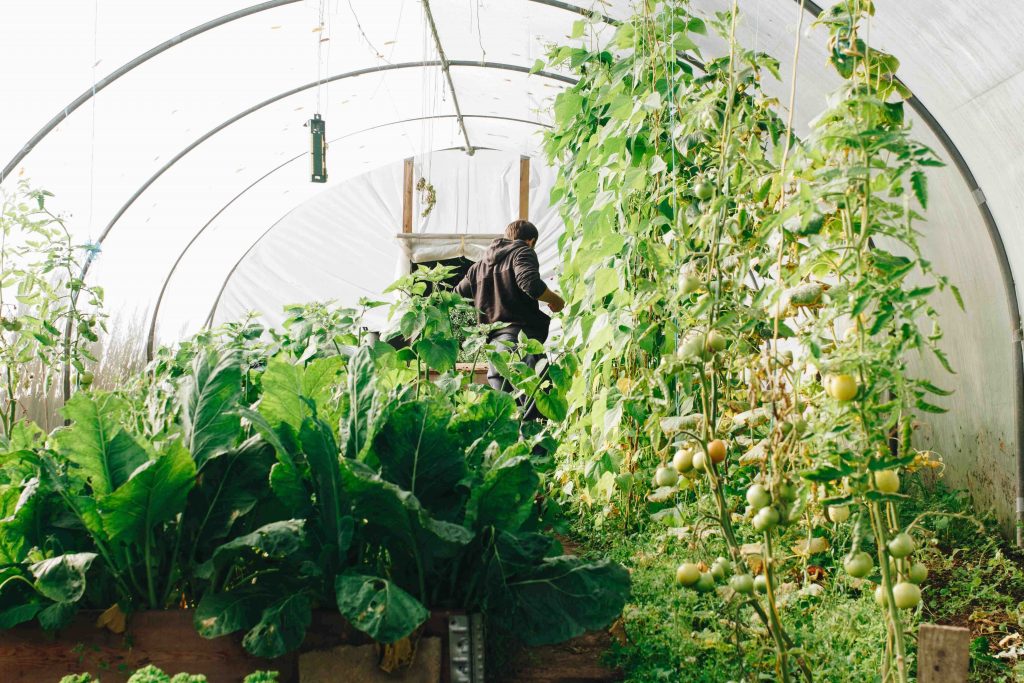
Despite the heat in summer, you can still provide your plants with the perfect temperature, but this depends on your area and what plants you are planning to grow. There are methods to keep your greenhouse cool, and we’ll break down the most important ones.
Place your greenhouse strategically
Before installing your greenhouse, think about the best place in your backyard. You want to catch plenty of rays while also providing some shade for your plants. But that doesn’t mean putting the greenhouse directly under trees.
Next, we recommend you avoid placing your greenhouse on a slope because the staging needs to be horizontal as these are frost pockets where coldness is prominent. Another strategy is lining it east to west for maximum light during winter, while north-south is perfect for summer. Lastly, make sure that at least 1 meter of space is around your greenhouse so that fences don’t cast shade.
Monitor temperature
Monitoring the temperature of a greenhouse can be such a daunting task, but this can turn into a chore if you’re consistent with that. Knowing how to monitor the temperature and keep it from increasing to levels that could kill your plants is crucial if you want healthy crops.
The first step would be to get a thermocouple instead of a mercy thermometer. You should also invest in a Sensaphone system that notifies you when too much temperature increases. But, remote greenhouse monitoring is also a must-do because you can spot early signs of malfunctioning in real-time.
Ventilate
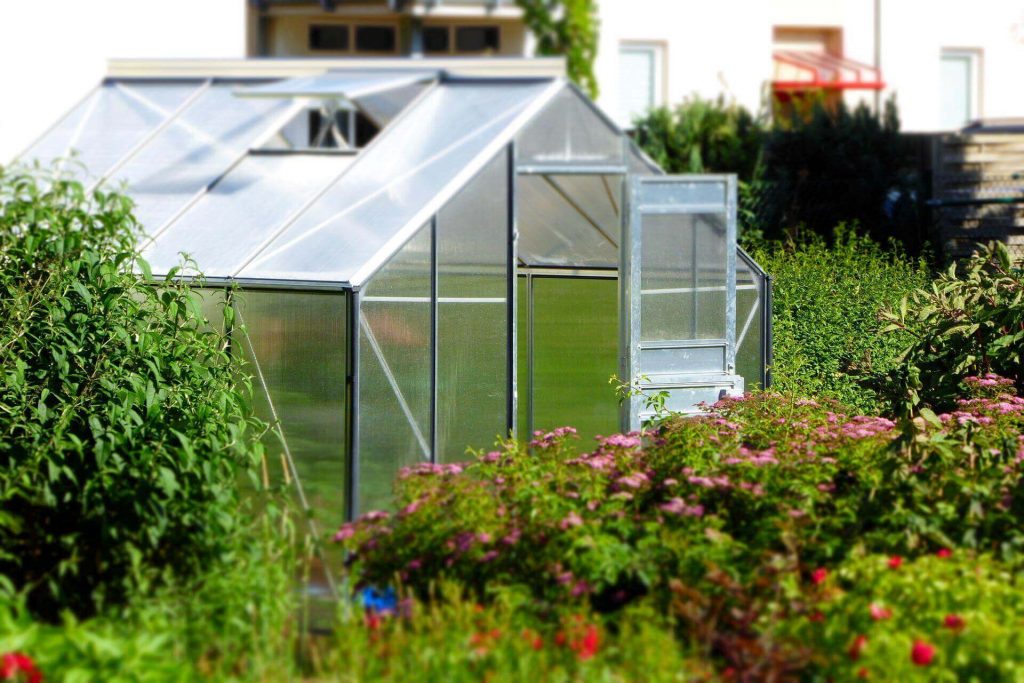
By providing your plants with fresh air and preventing humidity, you are helping plants to grow. Ventilating your greenhouse all year long is a good idea, but during summer, that’s necessary. Although most greenhouses have windows or doors that automatically open, you can also manually open them whenever the temperature seems too hot.
Automatic vent openers are great because they have wax-filled pistons that open and close based on the greenhouse’s temperature. As a rule of thumb, you want to have a space of approximately 1/5th of your floor area available so that fresh air gets inside.
Use fans or portable air conditioners
Another excellent option for cooling medium- or large-sized greenhouses is fans or portable air conditioners because they’re a cost-effective and energy-efficient solution. People with lean-to greenhouses next to their houses can vent their air conditioners into the greenhouse. Additionally, most portable air conditioners come with a dehumidifier that helps moderate humidity levels.
Nowadays, you can find fan systems that don’t need electricity, while solar panels power others. Either way, fans and portable air conditioners can adjust the internal greenhouse temperature; they need to be placed near the ground or close to the door to blow air into or out of the greenhouse.
Use evaporative systems
Another affordable option is to use evaporative systems since they use heat to evaporate water. The most common ones are fan and pad cooling systems, and they work by drawing in warm air through the pads and cooling down the greenhouse by 10-20 degrees.
Evaporative systems work best when humidity levels are low, but you need to pick one that suits your greenhouse. Regularly maintaining your evaporative systems is easy; for instance, pad systems require cleaning off any dirt or debris, increasing their efficiency in the long run. Other evaporative systems are fog and mist systems, though these are a bit more expensive.
Water your plants adequately
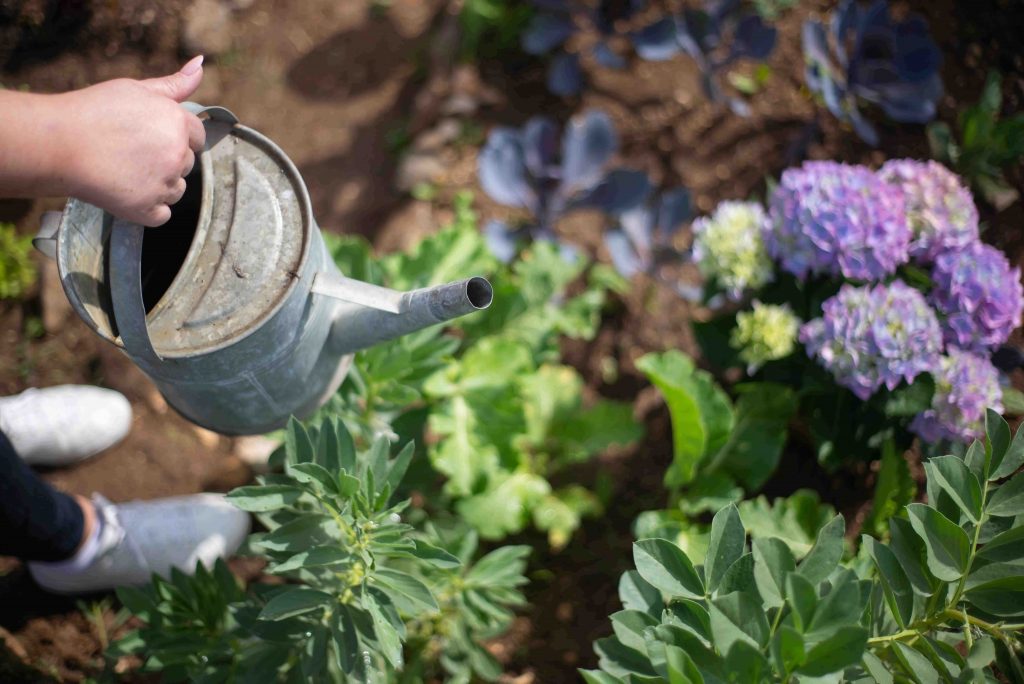
Anyone needs water to live, and plants are no exception. However, they need to be correctly watered to keep cool and stress-free. Although watering doesn’t lower the greenhouse’s temperature, it helps your plants survive high temperatures.
You need to look for signs of heat stress to prevent plants from drying out because by providing enough moisture to the plants, they will stay cool as a cucumber. Usually, you should water them in the morning and then see how dry the plants are by the end of the day; just make sure you’re not drowning them in water. It’s better to water frequently but in smaller batches.
Use shade cloths or curtain systems
If you live in a very sunny area, using shade cloths or curtain systems is always good. These shade cloths come in different shapes, sizes, and materials. You can opt for knitted or woven shade cloths, but the higher the density, the more they can provide protection.
Another alternative is external blinds because they filter the sunlight before passing through the glass, and the heat is not as direct. These curtains automatically open and close, reducing heat stress and water use.
Damp down your greenhouse
The last trick is to keep your plant cool by dampening down as often as you can – it’s hard to mess this up when it’s too hot. By damping down your greenhouse, you’re raising the humidity inside by wetting hard surfaces, and as the water evaporates, the moisture level of the air increases, so the plants can withstand the heat.
Conclusion
If you follow these steps, you’re all set to protect your plants from the hot weather and get to enjoy your homegrown plants all summer long. But if you don’t keep your greenhouse cool, your plants are at risk and may stop producing new growth in extreme temperatures. Make sure which plants are more flexible to fluctuations and which ones don’t like the heat, and you’re good to go.




